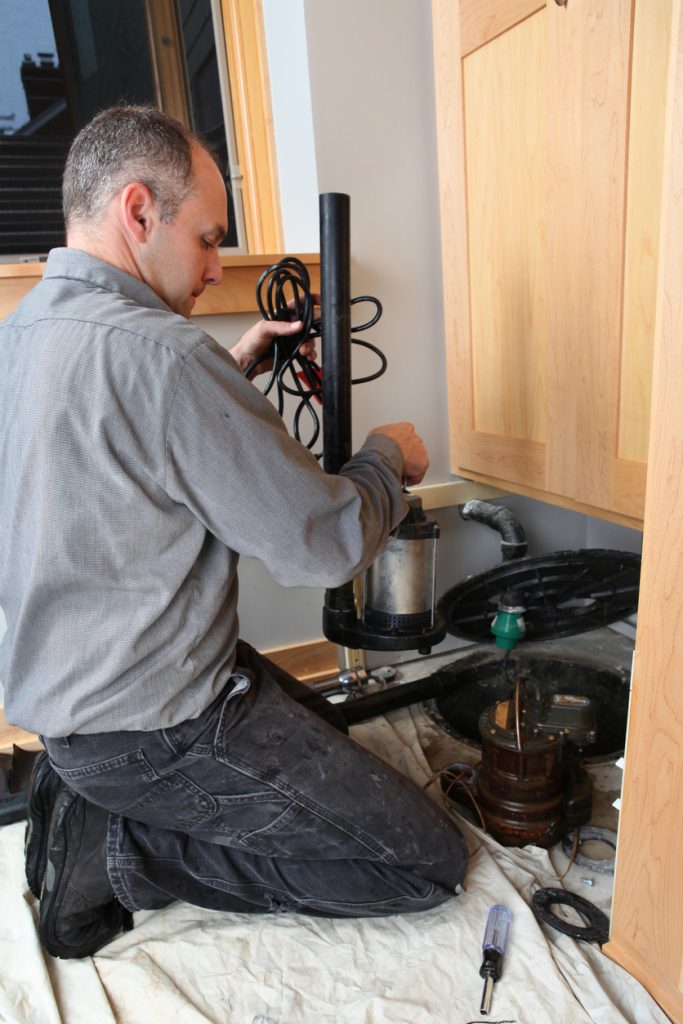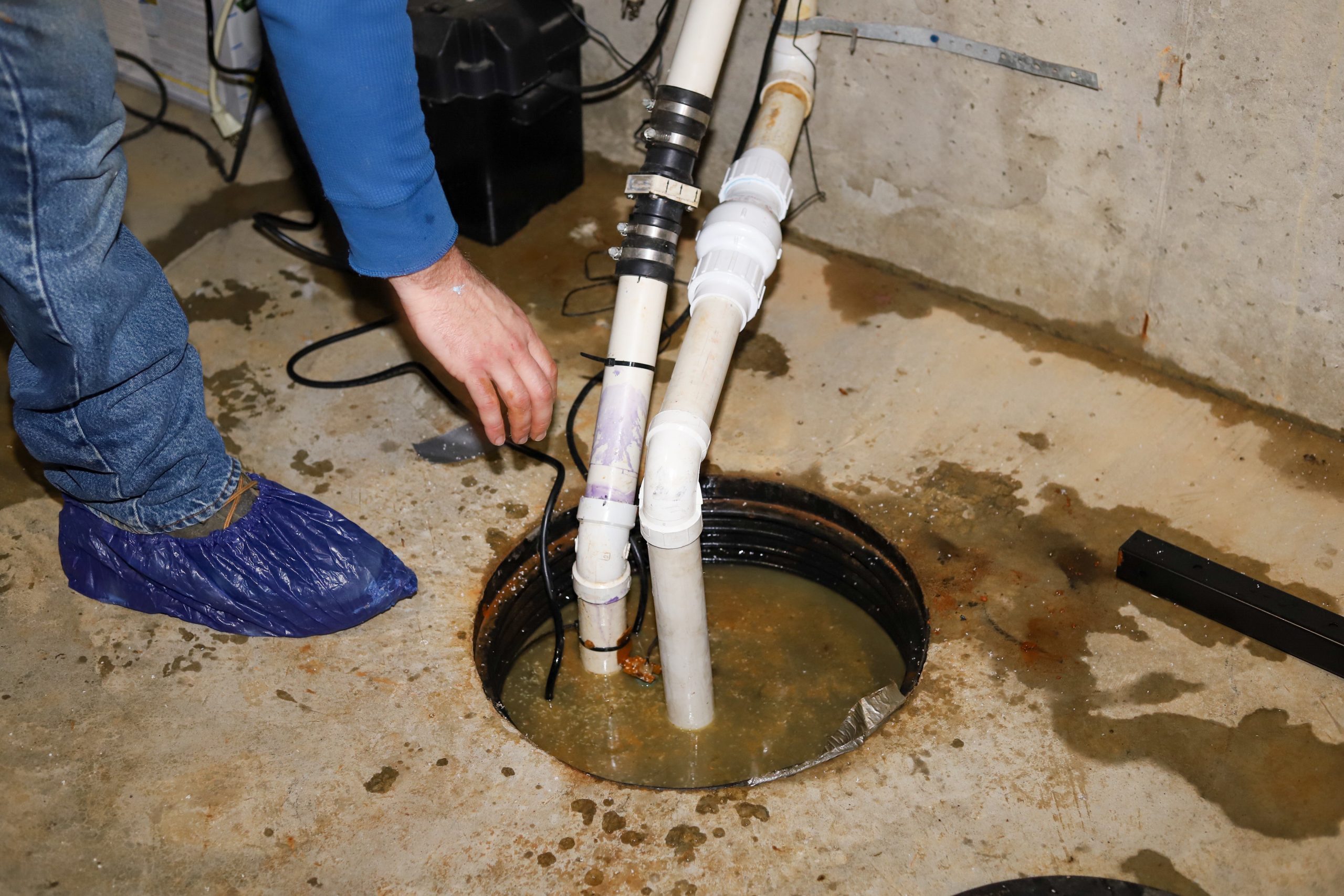My Guide to Thoroughly Maintaining a Sump Pump
My Guide to Thoroughly Maintaining a Sump Pump
Blog Article
How do you really feel when it comes to Steps to Cleaning Your Sump Pump Properly?

Sump pumps are essential elements in lots of homes, specifically in areas prone to flooding or excessive moisture. They help prevent water damage by efficiently eliminating excess water from basements or crawl spaces. However, like any other device, sump pumps call for normal upkeep to ensure they function effectively when required one of the most. Cleaning your sump pump is a vital part of its upkeep, and recognizing exactly how to do it correctly can save you from pricey repair work and possible catastrophes.
Introduction
Preserving a clean sump pump is essential for its proper performance and longevity. Ignoring this necessary job can bring about blockages, malfunctions, and eventually, water damages to your home. For that reason, learning just how to cleanse a sump pump is crucial for homeowners that rely on these tools to keep their basements completely dry and protected.
Recognizing the Sump Pump
Prior to diving right into the cleaning procedure, it's vital to have a basic understanding of how a sump pump works. Typically installed in a pit or container below the basement flooring, a sump pump includes a number of crucial parts, including a pump, a float switch, and a discharge pipe. When water builds up in the pit, the float button activates the pump, which then pumps the water out via the discharge pipeline, away from the structure's foundation.
Signs of a Dirty Sump Pump
Knowing when your sump pump requires cleaning is essential for preventing prospective malfunctions. Some typical signs that suggest a dirty sump pump include weird noises during procedure, decreased water circulation, and noticeable debris in the pit. If you observe any one of these symptoms, it's necessary to cleanse your sump pump promptly to avoid any type of additional concerns.
Preparing for Cleaning
Before you begin cleaning your sump pump, it's necessary to take some security preventative measures. Beginning by turning off the power to the pump to prevent any kind of electric crashes. Furthermore, put on ideal safety equipment, such as handwear covers and safety glasses, to protect yourself from dust, particles, and potential microorganisms.
Detailed Overview to Cleansing a Sump Pump
Turning off the Power
Begin by detaching the power supply to the sump pump to stop any crashes while cleansing.
Getting Rid Of Debris and Dirt
Utilize a bucket or a scoop to eliminate any type of noticeable particles, dust, or debris from the sump pit. Dispose of the particles correctly to stop it from clogging the pump or the discharge pipeline.
Cleansing the Pump and Float Change
When the pit is clear of debris, carefully eliminate the pump from the pit. Inspect the pump and the float switch for any type of indicators of damage or wear. Use a soft brush or cloth to cleanse the surface areas and remove any type of collected crud.
Purging the System
After cleansing the pump and float button, purge the sump pit with tidy water to get rid of any kind of continuing to be dust or debris. This will certainly assist make sure that the pump runs smoothly and efficiently.
Checking for Proper Performance
Prior to reinstalling the pump, perform a fast examination to guarantee that the float switch triggers the pump correctly. Put some water into the sump pit and observe the pump's operation. If everything is working appropriately, you can reconstruct the pump and reconnect the power supply.
Maintenance Tips to Keep Your Sump Pump Clean
Along with regular cleaning, there are a number of maintenance ideas you can follow to keep your sump pump in optimum condition:
Verdict
Cleansing your sump pump is an important element of its maintenance and ensures that it operates properly when you require it the most. By complying with the steps outlined in this overview and integrating regular upkeep into your routine, you can expand the life expectancy of your sump pump and protect your home from water damages.
6 STEPS ON HOW TO CLEAN A SUMP PUMP PROPERLY
UNDERSTANDING SUMP PUMPS
Your sump pump plays a crucial role in protecting your home by managing and removing excess water. It primarily functions as a “shield”, guarding your basement against the damaging effects of water accumulation. The pump is housed in a sump pit in the lowest part of your basement, and its job is to pump out any water that collects there.
During heavy rainfalls or when snow melts rapidly, water can infiltrate your basement, posing potential risks like flooding, structural damage, and harmful mold growth. Here, the sump pump springs into action, pumping out the intruding water and directing it away from your home.
SAFETY FIRST
Before cleaning, remember to prioritize safety. Disconnect the sump pump from the power source to prevent any accidental electric shocks. Also, wear sturdy gloves to protect your hands from any sharp or dirty components within the pump.
REMOVE THE SUMP PUMP
After ensuring your safety, the next step is to remove the sump pump from its pit. Doing this might require careful maneuvering as you don’t want to damage any pump components. Once removed, clean the sump pit to remove any accumulated debris or sludge.
INSPECT THE PUMP
Inspect the pump for any visible signs of wear or damage. Check the power cord, float switch, and impeller housing. If any components look worn out or damaged, consider replacing them to ensure optimal performance.
CLEAN THE PUMP
Thoroughly clean the pump with warm, soapy water. Make sure to rid it of any dirt, gravel, or other debris that might impede its performance. You can use a toothbrush to clean the small, hard-to-reach parts of the pump.
REINSTALL THE SUMP PUMP
Reinstall the pump into the sump pit Make sure it’s positioned correctly to remove the water effectively Once it’s back in place, reconnect it to the power source TEST THE PUMP
Finally, pour some water into the pit to ensure the pump works correctly. It should start automatically and begin pumping out the water; if it doesn’t, check the power source and the positioning of the pump.
Remember, while cleaning your sump pump is an essential part of home maintenance, hiring a professional plumber for a thorough inspection and cleaning at least once a year is also important. This will ensure that your pump is in optimal condition, ready to protect your home from potential water damage.
BEST PRACTICES FOR CLEANING SUMP PUMP DISCHARGE PIPES
Regular Inspection: Regularly inspect your discharge pipes, especially during heavy rainfall or snowmelt periods. Look for any signs of blockage or damage. Early detection of problems can prevent serious issues down the line. Periodic Cleaning: Over time, sediment and debris can accumulate in the discharge pipes, impeding the flow of water. Regular cleaning helps keep the pipes clear and functioning efficiently. You can use a high-pressure water jet to effectively clean the pipes. Insulation During Winter: In colder climates, discharge pipes can freeze, blocking the outflow of water. Protect your discharge pipes from freezing temperatures by insulating them with foam pipe insulation. This will ensure the sump pump can continue to discharge water even in freezing conditions. Proper Positioning: The discharge pipe should be positioned to direct water away from your home’s foundation. Improper positioning can lead to water seeping back into the basement. Ensure the pipe is long enough and angled correctly. Installation of a Check Valve: A check valve prevents water from flowing back into your sump pit after the pump has pushed it out. Installing a check valve helps maintain the efficiency of your sump pump and reduces the risk of flooding. Minimize Pipe Turns: Every curve or turn in the discharge pipe can decrease the efficiency of water flow. By minimizing turns and bends in your discharge pipe, you can increase the efficiency of your sump pump. https://www.fullspeedplumbing.com/how-to-clean-a-sump-pump-properly9999/

Do you appreciate reading about How to Care for Your Sump Pump? Create a remark directly below. We will be pleased to see your views about this blog posting. Hoping that you come back again in the near future. Sharing is caring. You just don't know, you may very well be helping someone out. I value your readership.
Visit Homepage Report this page